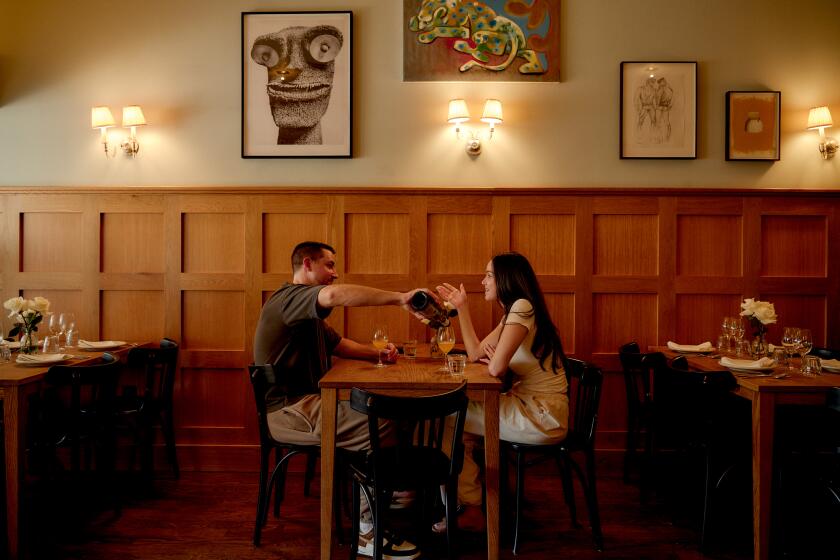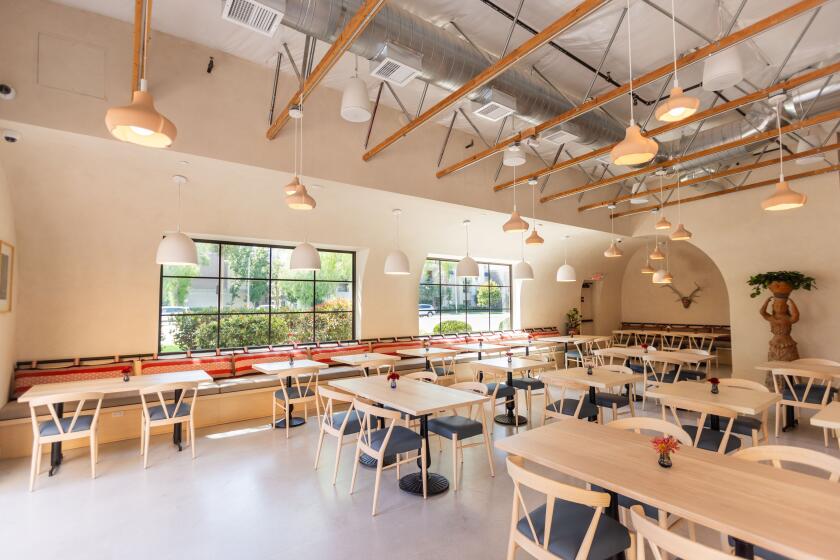This new smartphone app could save you from food poisoning
Food-borne bacteria are an invisible, potentially deadly source of disease not only in developing countries, but in the United States as well. Foods are recalled all the time for contamination - and every time you pick up a piece of fresh produce, you’re running a risk. Will this food make me sick?
We might not have to take that risk much longer. A team of dedicated researchers at the University of Massachusetts Amherst have developed a smartphone app that pairs with a small chip to detect pathogens lingering on the surface of foods.
The tool is small enough to fit in your pocket and can detect miniscule amounts of bacteria using innovative biosensors. It’s affordable, at just $30 a pop, and could potentially spare people across the globe from consuming risky and contaminated foods.
“Most people around the world cook their vegetables before eating, but here in the U.S. more and more people like to eat these foods raw,” said Lili He, lead researcher, in a press release. “Microbial contamination ... has been a problem for a long time, but it is now the number one concern for food safety in the U.S.”
On the tiny chip’s surface, hordes of “capture molecules” and nanoparticles are waiting for bacteria to catch. When an organism binds with the capture molecules, the nanoparticles display a visible dot. The more bacteria in the sample, the more dots will show up.
To test any food, you simply rinse the food in water and collect the rinse. (The chip can also test juice, drinking water, or any other liquid substance.) Add the chip to the liquid and examine it through a microscope. If the chip displays dots, you’ve got bacteria in your sample. If not, the food passed the test and should be safe to eat.
While this works fine in the lab, He’s team wanted to develop real-world applications for the chip as well. Last summer, one of He’s students developed an app - which requires only an inexpensive microscope attached to a smartphone - that can detect even the smallest signs of bacteria on the microchip.
“If there are harmful bacteria, it will be shown as visible dots, to indicate that you may have, for example, salmonella or Listeria,” explains the university’s instructional video.
The results are instant; you can immediately toss the infected food and prevent any further contamination. The method currently used for testing food safety can take up to two days to yield a result.
The team hopes to implement their discovery both in developing countries and for regular commercial use. For countries that rely on untreated, potentially contaminated sources of food for survival, the technology could ward off widespread disease.
For the average American, it could make avoiding food poisoning just that much simpler. Soon, the safety of your food may be something you can easily track on your smartphone.
related stories
- The World’s Biggest Food Poisoning Scares
- 5 Decidedly Unpleasant Facts About Food Poisoning
- Woman Dies of Flesh-Eating Bacteria After Eating Raw Oysters
More to Read
Eat your way across L.A.
Get our weekly Tasting Notes newsletter for reviews, news and more.
You may occasionally receive promotional content from the Los Angeles Times.








